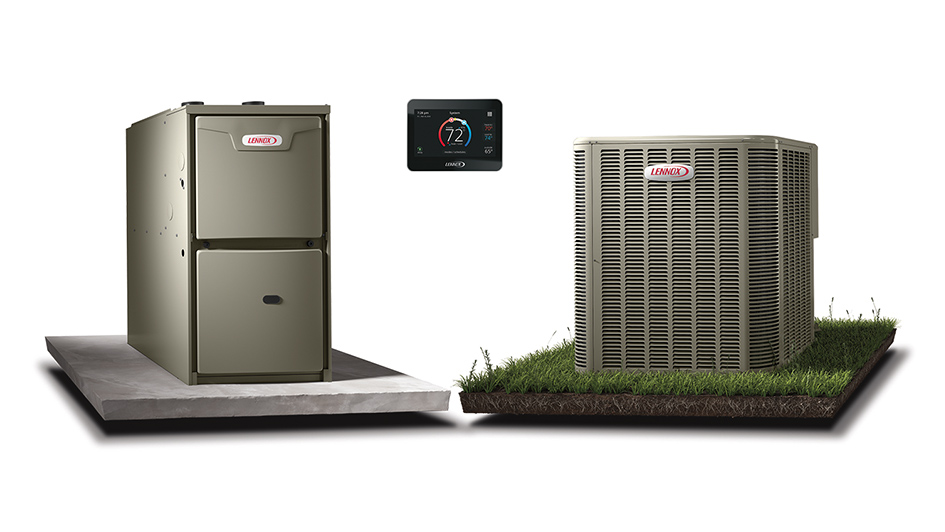
The concept of running both a furnace and heat pump can feel a bit strange at first. After all, why should you need two heating systems? Although furnaces and heat pumps both deliver energy-efficient heat, the changes in their design really make employing both of them a viable option. It’s not for everyone, but in the right conditions you will truly benefit from having a furnace and a heat pump.
You’ll want to consider several factors in order to decide if this sort of setup works for you. Your local climate and the square footage of your home are both highly important, especially for the heat pump. This is because numerous models of heat pumps begin to run less efficiently in colder weather and larger homes. Even so, you can still take advantage of heat pump installation in Lawrence.
Heat Pumps Can Be Less Reliable in Winter Weather
Heat pumps are generally less efficient in cold weather due to how they provide climate control in the first place. Unlike furnaces, which combust fuel to provide heat, a heat pump reverses its supply of refrigerant to pull heat from outdoor air. This heat is then brought inside and circulated throughout your home. As long as there is still some heat energy in the air, a heat pump should function. But the lower the temperature, the less efficient this process is.
The less heat energy is accessible outside, the longer it takes a heat pump to pull heat indoors to maintain your desired temperature. It can depend on the type of make and model, but heat pumps may start to lose efficiency at temperatures of 40 degrees and colder. They can still be an energy-efficient option until 20-25 degrees, at which a gas furnace will be more effective.
What Temperatures Do Heat Pumps Work Best In?
Heat pumps manage best in milder climates 40 degrees and up. That being said, you don’t have to lose out on the benefits of a heat pump just because the local climate is colder. In fact, that’s why having both a furnace and heat pump might be worth the costs. You can keep the heat pump for energy-efficient heat until the weather is cold enough to call for shifting to something like a gas furnace.
Certain makes and models boast greater effectiveness in winter weather. For example, the Lennox MLA heat pump is capable of operating at 100% capacity at 0°F. It can even remain efficient in temperatures as low as -22°F. For optimal energy efficiency, you’ll likely still want to use the furnace in especially cold weather.
So Should I Put in a Heat Pump if I Use a Gas Furnace?
If you’re thinking about maintaining the most energy-efficient HVAC system available, owning a heat pump and gas furnace at the same time deserves the investment. Not only is a dual-heating system versatile, but it features other perks such as:
- A source of backup heating – A redundant heating system means even if one fails, you still have the ability to heat your home. It might not be the most energy efficient, but it’s better than having an unheated home while you sit around for repairs.
- Fewer energy costs – The ability to pick which heating system you use based on the highest energy efficiency reduces your total costs. Smaller heating bills over the life of these heating systems can really add up to plenty of savings.
- Less strain on both systems – Rather than running one system all winter long, heating resources are split between the furnace and heat pump. Key parts may live longer as they’re not under constant use.
If you’re still hesitant about heat pump installation in Lawrence, don’t hesitate to get in touch with your local certified technicians. They can walk you through your home’s comfort needs and help you determine if a dual-heating HVAC system is the right option.
